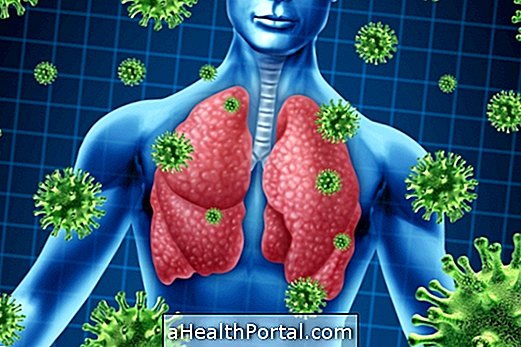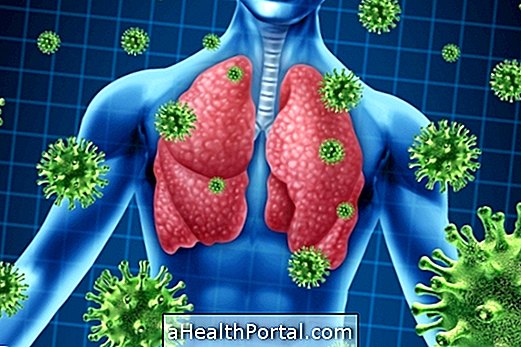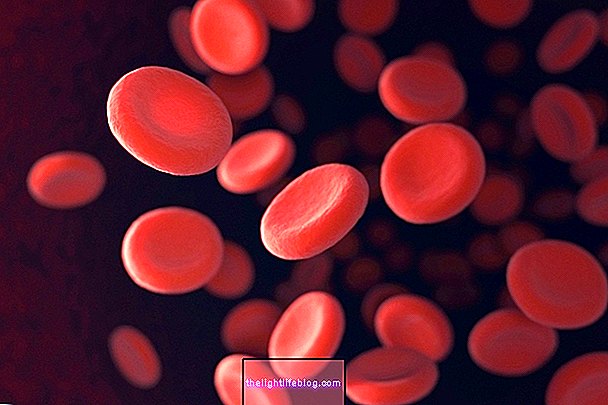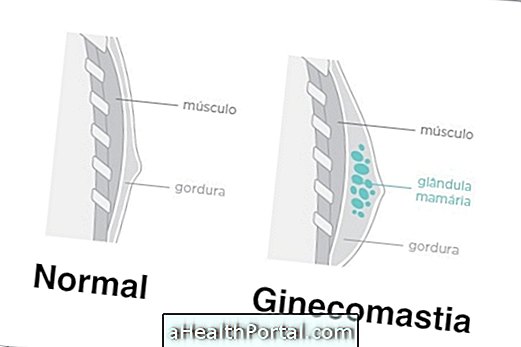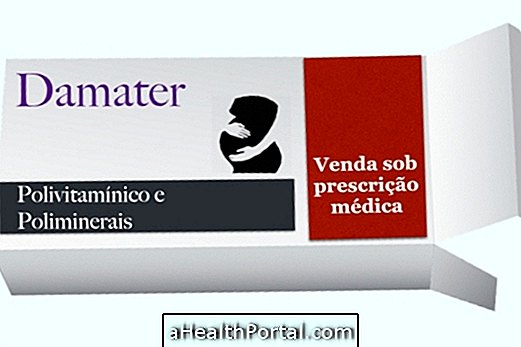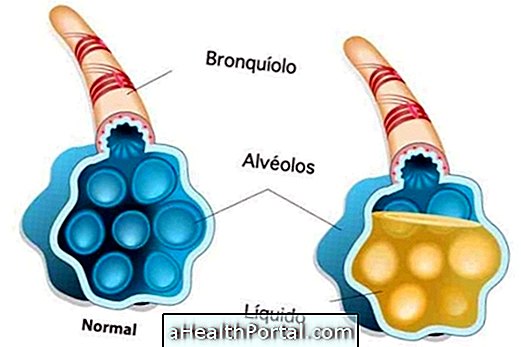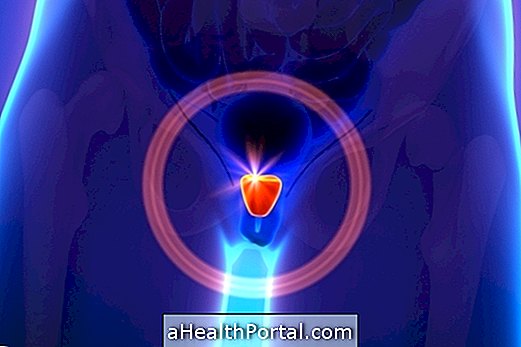Ondine syndrome, also known as congenital central hypoventilation syndrome, is a rare genetic disease that affects the respiratory system. People with this syndrome breathe very lightly, especially during sleep, which causes a sudden decrease in the amount of oxygen and an increase in the amount of carbon dioxide in the blood.
In normal situations, the central nervous system would trigger an automatic response in the body that would force the person to breathe deeper or to wake up, however, those who suffer from this syndrome have a change in the nervous system that prevents this automatic response. In this way, the lack of oxygen increases, putting life at risk.
So, to avoid serious consequences, sufferers of this syndrome should sleep with a device, called CPAP, that helps to breathe and prevents lack of oxygen. In severe cases, this appliance may need to be used throughout the day.

How to identify this syndrome
In most cases, the first symptoms of this syndrome arise shortly after birth and include:
- Very mild and weak breathing after falling asleep;
- Bluish skin and lips;
- Constipation;
- Sudden changes in heart rate and blood pressure
In addition, when it is not possible to control oxygen levels effectively, other problems can arise such as changes in the eyes, delays in mental development, decreased sensitivity to pain or reduced body temperature due to low oxygen levels.
How to make the diagnosis
Usually the diagnosis of the disease is made through the stories of signs and symptoms of the affected person. In these cases, the doctor confirms that there are no other cardiac or pulmonary problems that may be causing the symptoms and, failing that, the diagnosis of Ondine syndrome.
However, if the doctor has questions about the diagnosis can still ask for a genetic test to identify a genetic mutation that is present in all cases of this syndrome.
How is the treatment done?
Treatment of Ondine syndrome is usually done with the use of a device known as CPAP, which helps breathing and prevents the patient from breathing, ensuring adequate levels of oxygen. Learn more about what this device is and how it works.
Even in the most severe cases where it is necessary to maintain ventilation with an appliance throughout the day, the doctor may suggest a surgery to make a small throat cut, known as a tachostostomy, which allows a device that is always connected more comfortably, without having to use a mask, for example.

